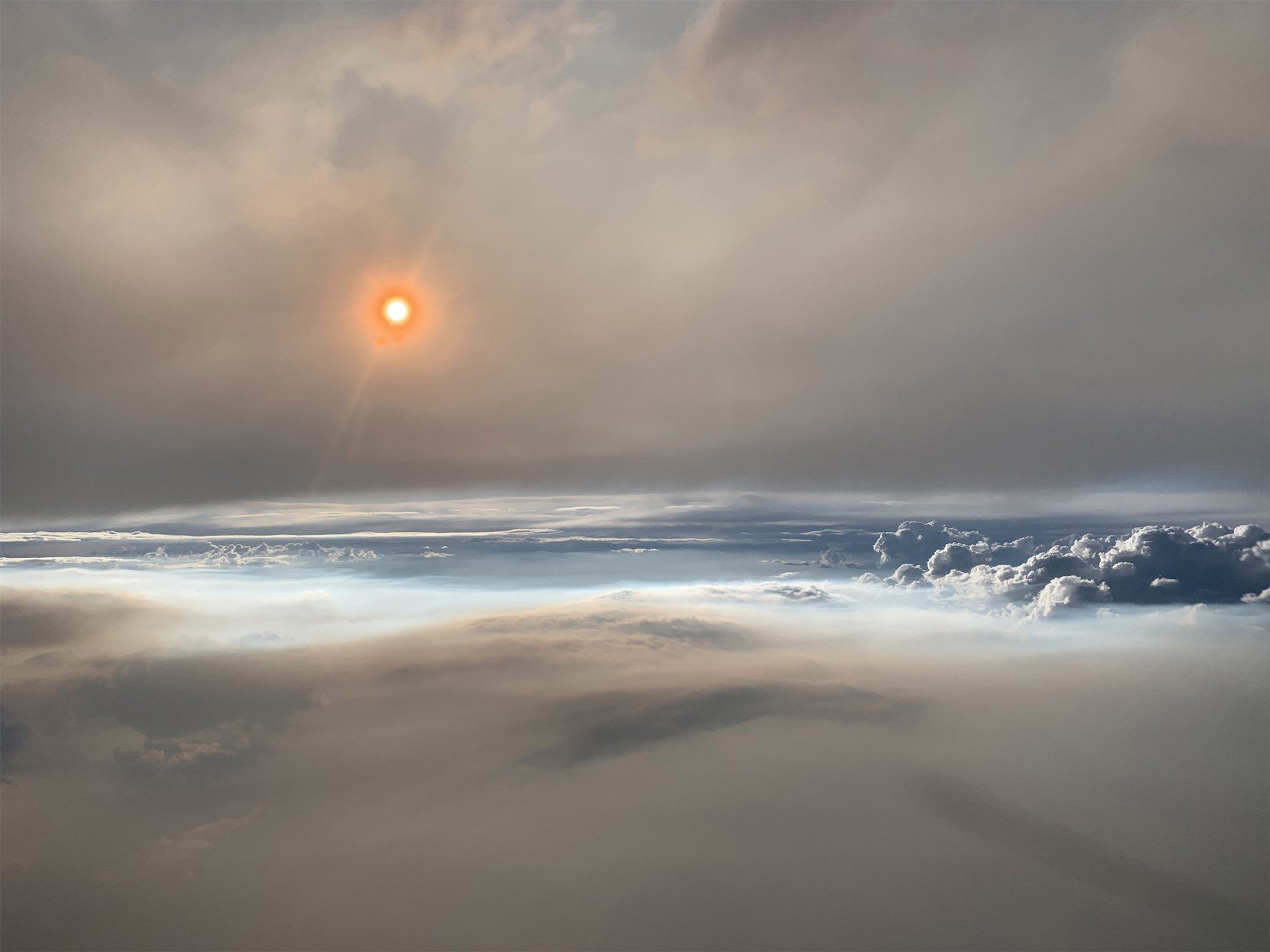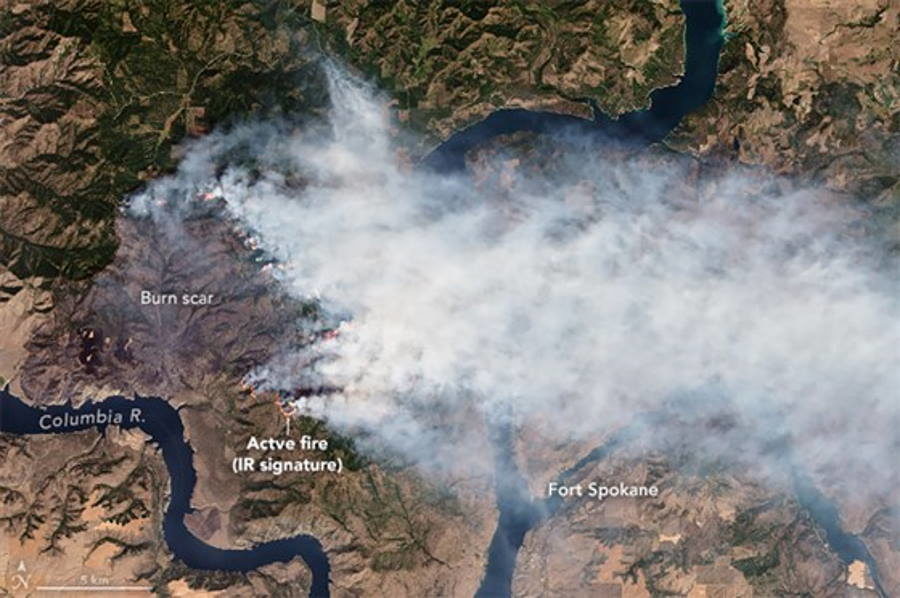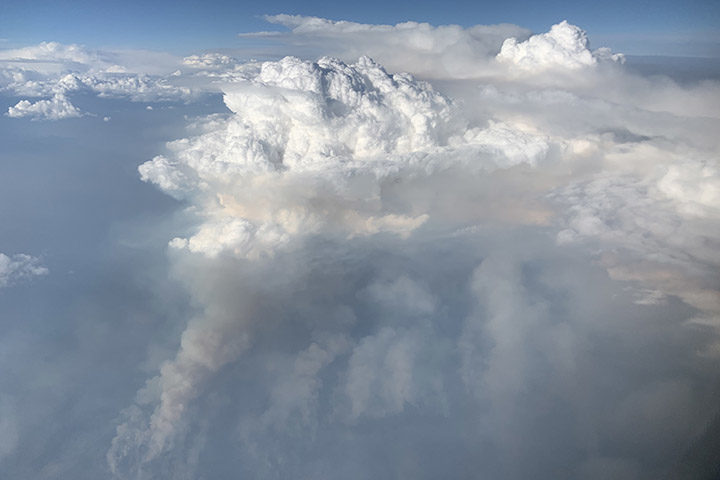
That changed on Aug. 8, when NASA's airliner-turned-flying laboratory took to the skies over Washington state and flew a team of scientists straight into a pyrocumulonimbus cloud that had formed high over a wildfire in the eastern part of the state.

"It's extremely exciting to have the chance to improve our understanding of how these clouds transport material into the atmosphere, where it can survive for a long time," said Joshua Schwarz, a scientist with the National Oceanic and Atmospheric Administration (NOAA) Earth System Research Laboratory in Boulder, Colorado, and one of the leaders of the research.
The flight, which comes at a time when wildfires are becoming more common as a result of climate change, is part of an ongoing effort by NASA, NOAA and dozens of partner institutions to study the atmospheric effects of wildfires and agricultural fires.
The goal of the effort, called FIREX-AQ, for Fire Influence on Regional to Global Environments and Air Quality, is to improve weather and air-quality forecasts and to provide better information to first responders and public health officials. "We're also gathering information about how fires spread, where a fire will go next and how to fight it," Schwarz said. "We're trying to make life better for firefighters and people who suffer from bad air quality."

Research shows that once smoke reaches the upper atmosphere, it can stay there for months or even years and affect weather and air quality over large areas.
Hornbrook operated a gas-analyzing instrument known as TOGA during the flight, measuring levels of organic compounds in the air. She said researchers are eager to understand how smoke from fires differs according to the specific vegetation being burned, whether it's grasses, shrubs, conifers or something else.
But if chemistry was the focus during the Aug. 8 flight, photography had its moment. Another scientist aboard the plane, lead FIREX-AQ forecaster David Peterson, looked out the window around 8 p.m. Mountain Time and snapped a picture (seen at top) that captures the billowing cloud and the setting sun in a dreamy, almost ethereal light.
The sun appears orange as a result of light-reflecting particles in the smoke, with the turbulent gray smoke from the wildfire contrasting sharply with the smooth contours of the whitish cloud. As Hornbrook said, "Flying through thick dense smoke can often seem otherworldly!"



Reader Comments
Fires and then flooding rain.
Hot protons ....